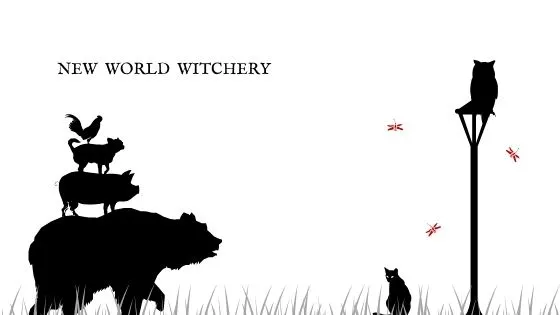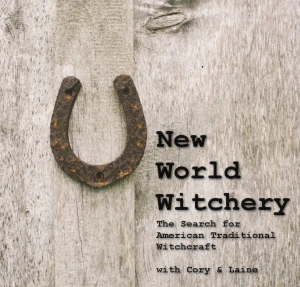Summary: This time we’re traveling into the realms of the fairies, the dead, the mysterious, and more as we explore various mythic and folkloric Otherworlds and Underworlds.
Please check out our Patreon page! You can help support the show for as little as a dollar a month, and get some awesome rewards at the same time. Even if you can’t give, spread the word and let others know, and maybe we can make New World Witchery even better than it is now.
Producer for this show: This episode is supported by listener Matthew Venus of Spiritus Arcanum in Salem. We hope you enjoy your new familiar, Gary Busey, and keep him well-fed and magically bound as needed.
Play: Episode 219 – Otherworlds and Underworlds
Stream:
Sources:
We mention several books, including Cunning Folk & Familiar Spirits by Emma Wilby; The Legend of Sleepy Hollow and Other Stories by Washington Irving; Witches of Pennsylvania by Thomas White; and The Formation of Hell by Alan Bernstein.
We also mention some of our sister show episodes: Chasing Foxfire Episode 8 – To Hell and Back and Myth Taken Episode 48 – The Myth of the Hellmouth.
We mention a few movies, including A Dark Song, The Ninth Gate, and The Tenth Kingdom.
Cory mentions the recent publication of The Gorgon’s Guide to Magical Resistance, edited by Jenn Zahrt and Laura Tempest Zakroff (which includes his “penis trees” article along with a lot of other great pieces) and the upcoming release of the Llewellyn’s Complete Book of North American Folk Magic, out in Spring 2023. Also be on the lookout for our upcoming collaborative book Conjuring the Commonplace: A Guide to Everyday Enchantment and Junk Drawer Magic also coming in 2023 from 1000Volt Press.
You can now buy Cory’s book, New World Witchery: A Trove of North American Folk Magic! (also available from Amazon)
Please note that clicking on links may provide some monetary compensation to New World Witchery.
Image via Pixabay (Used under CC 2.0 License, modified by New World Witchery)
If you have feedback you’d like to share, email us at compassandkey@gmail.com or newworldwitcherypodcast@gmail.com or leave a comment at the website: www.newworldwitchery.com . We’d love to hear from you! Don’t forget to follow us at Twitter! And check out our Facebook page! For those who are interested, we are also on TikTok now. You can follow us on Instagram (main account, or you can follow Laine as well) or check out our new YouTube channel with back episodes of the podcast and new “Everyday Magic” videos, too (as well as most of our contest announcements)! Have something you want to say? Leave us a voice mail on our official NWW hotline: (442) 999-4824 (that’s 442-99-WITCH, if it helps).
Promos and Music: Title music is “Woman Blues,” by Paul Avgerinos. All music is licensed from Audio Socket.
Please consider supporting us by purchasing our promotional items in the New World Witchery Threadless shop or by joining our Patreon supporters. If you like us AND you like Buffy the Vampire Slayer, you will love our new show: Myth Taken: A Buffy the Vampire Slayer Podcast, now available through all the podcatchers! Please think about checking out our Audible Trial program. Visit Audibletrial.com/newworldwitchery to get your free trial of Audible, where you can download over 180,000 titles (including some narrated by Cory). Your purchases help support this show, and there’s no obligation to continue after the free trial



